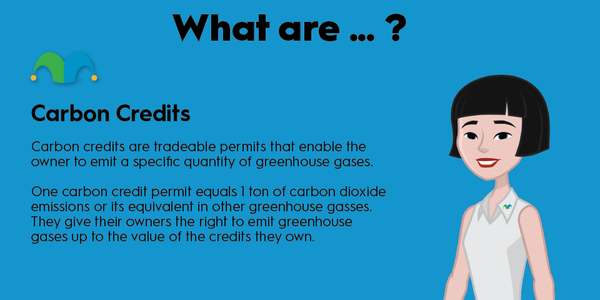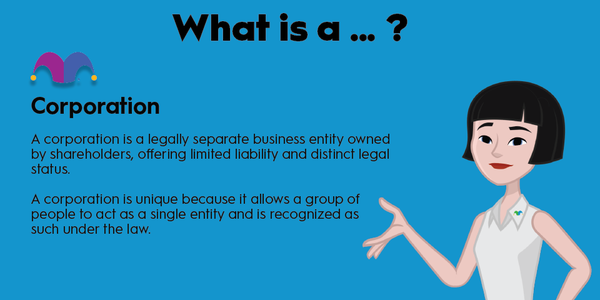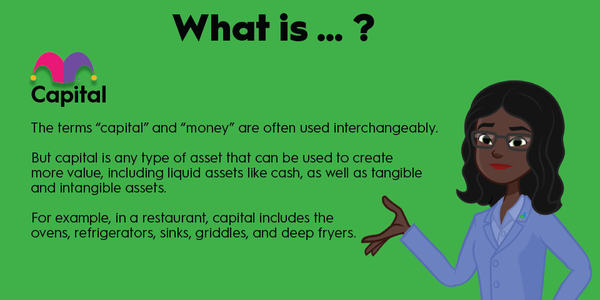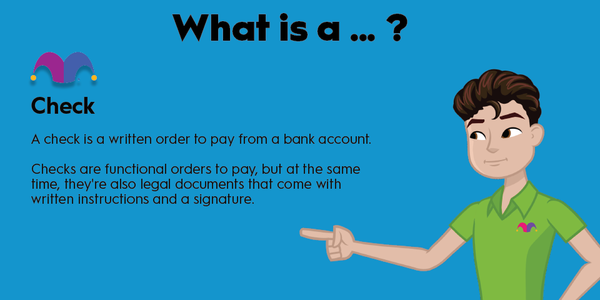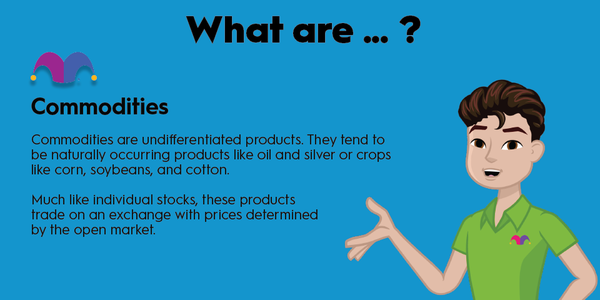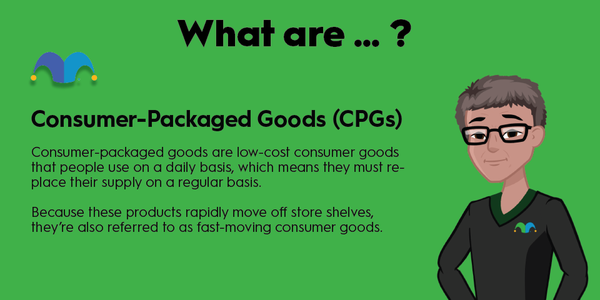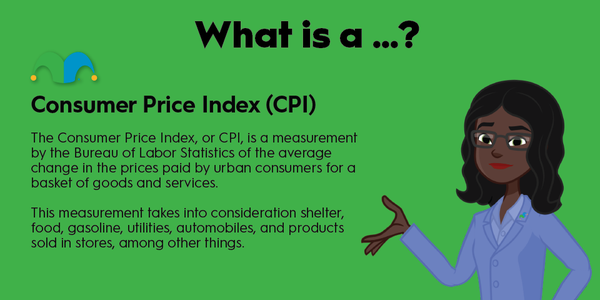Carbon capture and storage, or CCS, is a process that captures carbon dioxide gas emissions and safely sequesters them underground. It helps reduce carbon emissions that are harmful to the environment and contribute to climate change. Companies and governments are investing heavily in CCS to make the technology commercially viable so it can contribute to a lower-carbon world.
What is it?
Understanding carbon capture and storage
Carbon capture and storage is a three-step process:
- Carbon dioxide emissions are captured from a source, such as a chemical or steel plant, or directly from the atmosphere.
- The captured carbon dioxide gas is transported by pipeline to a sequestration or utilization site.
- The carbon dioxide is either injected into a deep underground formation for permanent storage or utilized to produce oil or a higher-value product.
CCS helps reduce carbon emissions by capturing them from the source or the atmosphere. The greenhouse gas is then permanently stored or utilized so that it doesn't cause additional harm to the environment.
Types
What are the types of carbon capture and storage?
There are two main types of CCS technology: point-source capture and direct air capture (DAC).
Point-source capture involves installing carbon capture technology at the emissions source to capture and separate carbon dioxide from flue gas. The pure stream of carbon dioxide gas will then flow through a pipeline to a sequestration or utilization site.
A DAC system is a purpose-built facility that extracts carbon dioxide from the atmosphere. DAC technology uses an engineered mechanical system that pulls in air and extracts carbon dioxide through a series of chemical reactions.
In many ways, DAC is similar to what plants and trees do in photosynthesis, though at a faster pace and with a smaller physical footprint. However, it's a more expensive process than a point-source capture system because carbon dioxide in the air is much more diluted than flue gas from an industrial plant.
Once captured, carbon dioxide flows through pipelines to sequestration or utilization sites. Carbon dioxide is commonly used in enhanced oil recovery (EOR), where oil companies inject carbon dioxide into a legacy oil reservoir to increase pressure and raise production rates.
The process stores the carbon dioxide while boosting oil production. Captured carbon dioxide can also be permanently sequestered in a non-oil-producing underground formation or utilized for industrial applications.
Why it's important
Why carbon capture and storage is important
The Intergovernmental Panel on Climate Change has highlighted the role that CCS could play in reducing carbon emissions and their impact on global warming. The world is investing heavily in renewable energy sources, like wind and solar energy, to help reduce the need for carbon-based fuels.
However, countries will also need to deploy technologies that remove carbon dioxide from the atmosphere to help reduce the impact of hard-to-abate heavy industries, such as steel, cement, chemicals, and other industrial manufacturing.
Energy companies believe CCS can provide them with a dual benefit. They believe it could extend the life of fossil fuels usage while also becoming a very lucrative global market. Oil giant ExxonMobil (XOM -0.84%) estimates CCS will grow into a $4 trillion market by 2050. That's about 60% of the global market it sees for oil and gas by that time.
An example
An example of carbon capture and storage in action
Many energy companies are investing heavily in CCS technologies. For example, Occidental Petroleum (OXY 0.07%) has a long history of using carbon dioxide in EOR. It's leveraging that expertise to become an emerging leader in CCS.
The company is building the world's largest DAC site in Texas. It was also an early investor in DAC technology company Carbon Engineering, which it acquired in 2023 for $1.1 billion.
Related investing topics
The STRATOS facility will be able to capture 500,000 tonnes of carbon dioxide per year when it comes online in 2025. Occidental is working to commercialize the project by selling carbon credits to companies seeking to achieve their emission-reduction targets.
STRATOS is one of many DAC projects the company hopes to develop. It also plans to license its DAC technology. Occidental believes it could eventually make as much money from CCS as it currently does from its oil and gas production business.

